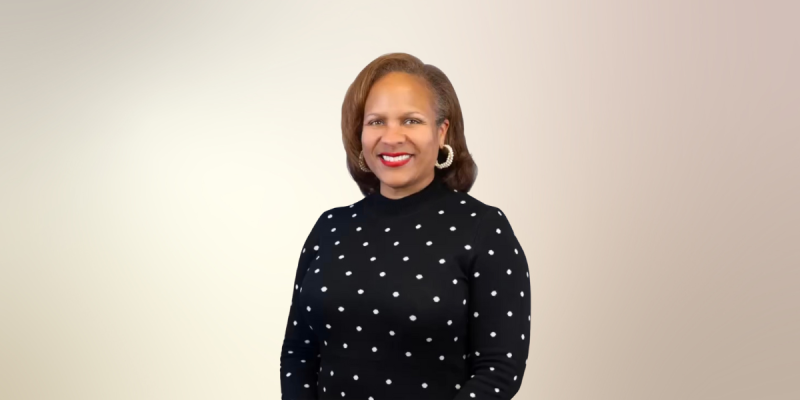For a little more than a year now, New York…
By Chris Fuchs
Having one’s teeth cleaned is usually a routine, mostly painless procedure. But for the developmentally disabled it is a delicate one that often requires that the patient be put under general anesthesia.
For a little more than a year now, New York Hospital Medical Center of Queens has been treating the developmentally disabled at its Neuroscience Institute in Fresh Meadows. And so far, it has been an unqualified success, hospital officials say.
They treated 6,500 such patients last year and forecast a 2,000-patient increase by the end of 2001.
“What we’ve done here is create a one-stop kind of deal here,” said Angela Brunswick, the administrative director of the Center for Developmental Disabilities.
The Neuroscience Institute, at 59-16 174th St., was modeled after a program developed several years ago by Brunswick and Dr. Sebastian Avolese for the Catholic Medical Center. Although there are a number of facilities in the borough and the city that are geared toward treating the disabled, Brunswick said, those services are not hospital-based as is the institute.
This means that if someone has a stroke after 5 p.m., for instance, when a typical facility might close, the patient would have to be brought to a hospital and later transferred to a facility for the disabled.
“They end up being treated twice for something they were already treated for, and basically it affects the continuity of care,” she said.
New York Hospital Medical Center of Queens, however, is not constrained by the 9-to-5 workday. “We have 24-hour coverage,” she said. “They have a medical line where they can get in touch with the director.”
Developmentally disabled patients also stand to benefit from the institute’s hospital base in such commonplace treatments as a cleaning from a dentist. Although the institute does not support a dental facility, disabled patients requiring such work are transferred to the hospital on Main Street, where they are treated by doctors who have on average five to seven years of experiencing working with this patient population.
“For these patients, they get sedated just to have a cleaning,” she said. “So instead, they have it done in the OR under sedation and sometimes those surgeries take up to four or five hours.”
In all cases, an attempt is made to perform the surgery without using anesthesia, Avolese said. If unsuccessful, then a mild sedative is used, he said. Bringing patients to the operating room and placing them under general anesthesia is always a last resort, he said.
“When they do restorative therapy, the patients have to be cooperative,” he said. “They have to keep their mouths open for a long time. Many of our patients who are severely and profoundly retarded won’t do that.”
Nearly 70 percent of the institute’s overall patient pool derives from the developmentally disabled, but those who suffer from strokes, cancer, epilepsy, memory disorders, dizziness, multiple sclerosis or sleep disorders are treated by the institute as well. In many instances, in fact, there is crossover between those patients who are disabled and those who suffer from neurological disorders.
“Many of the patients with developmental disabilities have neurological problems — the two sets intersect,” said Dr. Emilio Oribe, the director of the Neuroscience Institute.
The layout of the institute, he said, is designed with this scheme in mind. The three core centers — Developmental Disabilities, Epilepsy and Neurology — necessarily overlap, with such specialty centers as multiple sclerosis, sleep disorders and cardiology branching out from them. The institute gathers its patient pool by visiting facilities for the disabled, treating them regardless of whether they are insured.
“We are the only hospital-based facility that offers these services,” Brunswick said. “What makes us unique is that we have the ability to offer both inpatient and outpatient services for a wider spectrum of ancillary specialties.”
In addition to the institute, the hospital has a 26-bed inpatient facility on its sixth-floor, equipped with a full-service monitoring unit and a staff trained in neurological illnesses. All together, there are 20 neurologists and nine physicians who staff the institute, she said.
The institute does not presently offer pediatric services or occupational therapy, she said, but it is a goal that the hospital is working toward achieving.
Reach reporter Chris Fuchs by e-mail at Timesledgr@aol.com or call 229-0300, Ext. 156.

































